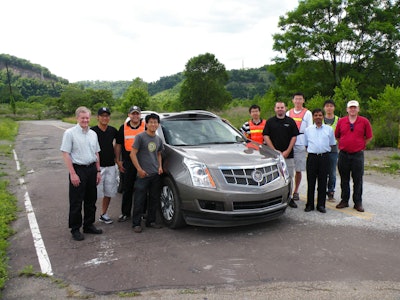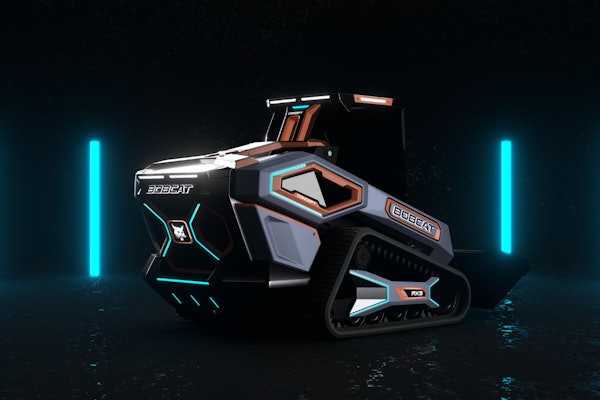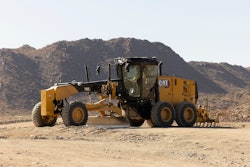 A Cadillac SRX drove itself from Cranberry, Pennsylvania, to the Pittsburgh International Airport on September 4, 2013. This autonomous vehicle is the first of its kind. (Photo: Carnegie Melon University)
A Cadillac SRX drove itself from Cranberry, Pennsylvania, to the Pittsburgh International Airport on September 4, 2013. This autonomous vehicle is the first of its kind. (Photo: Carnegie Melon University)Oh, wouldn’t it be nice to have a car that drives without assistance? Sure, you can hire a chauffeur so you don’t have to drive, but I’m talking about a car that actually drives itself. No chauffeur needed.
This idea is reality. It’s not in the mainstream or on the market yet, but on September 4, a Cadillac SRX drove itself from Cranberry, Pennsylvania, to the Pittsburgh International Airport. During the 33-mile trip, the car traveled Route 19 South, Interstate 79 South and Interstate 376 West and the man in the driver’s seat never touched the wheel.
The autonomous vehicle is the “first of its kind,” according to Carnegie Mellon University, where the research for the vehicle took place. The driverless car looks “normal” on the inside and outside, but it is able to navigate highways, dense multi-lane traffic, traffic lights, and it detects bicyclists/pedestrians.
The General Motors-Carnegie Mellon Autonomous Driving Collaborative Research Lab (AD-CRL) is a multi-disciplinary effort focused on studying, designing and implementing various technologies to make autonomous vehicles both practical and affordable.
Raj Rajkumar, the project lead for the driverless car and George Westinghouse professor of electrical and computer engineering at the Robotics Institute at Carnegie Mellon University, notes that the vehicle is equipped with lasers and radar, the latter of which can actually “see” through the bumper, according to an online report from CBS Pittsburgh KDKA-2.
The autonomous vehicle transported Congressman Bill Shuster and Pennsylvania State Transportation Director Barry Schoch to a news conference. After the ride, Representative Shuster said, “These cars, smart cars are going to sense things that humans don’t do today. So it will be much safer out there on the road,” according to the KDKA-2 report.
According to the Technologies for Safe and Efficient Transportation (T -SET), a U.S. Department of Transportation Center at Carnegie Mellon University, the long-term vision is for “vehicles that do not crash.”
Nearly 35,000 lives are lost every year due to road accidents in the United States. And in intersections alone, there are about 8,500 fatalities, according to T-SET. “More than a million accidents and injuries per year take a major toll on productivity,” according to T-SET. “Most accidents occur due to human errors such as distractions, tiredness or other forms of impairment. Traffic delays cause driving commuters to spend an aggregate week stuck in traffic every year, leading to huge losses in productivity.”
Secretary Schoch estimates that by 2018-2019 the technology may be put into fleets “where it’s not going to be so cost prohibitive that people won’t make the decision [to have this technology in a vehicle],” according to the KDKA-2 news report.
I’m hoping this technology will find its way into my minivan when I’m tired from working all day and driving the kids around!










